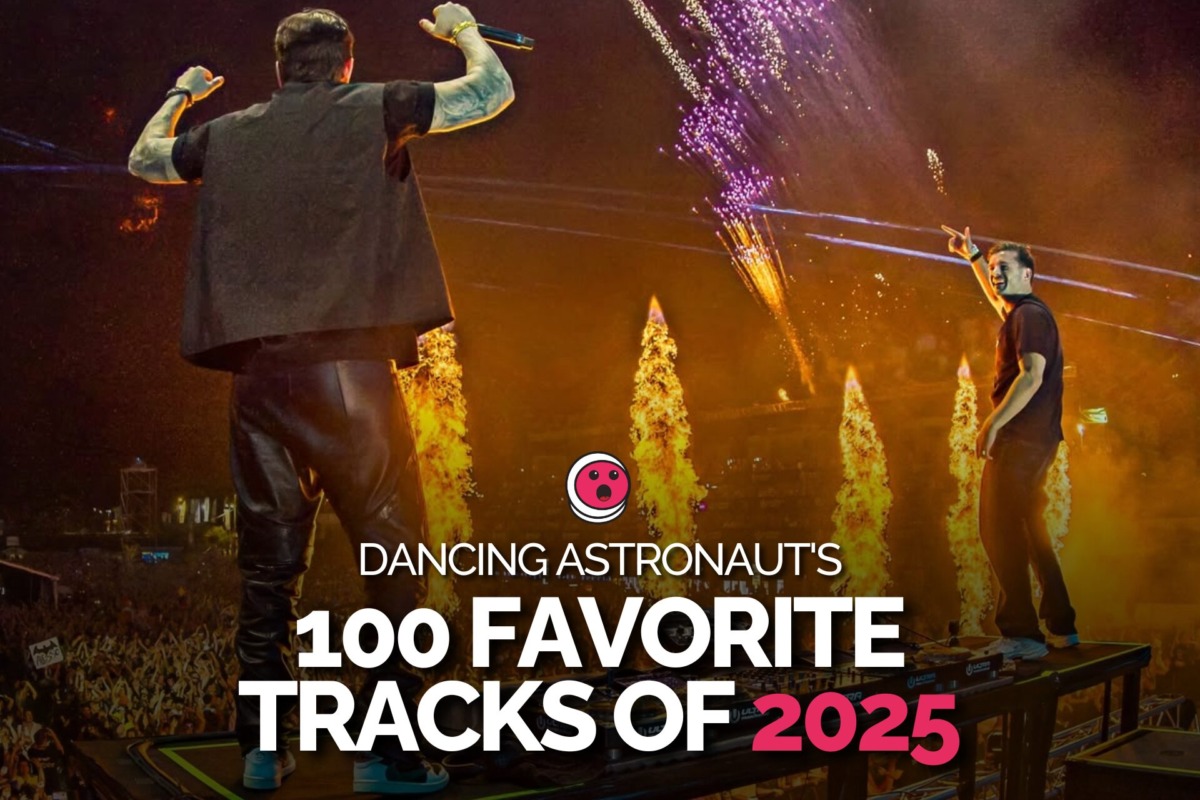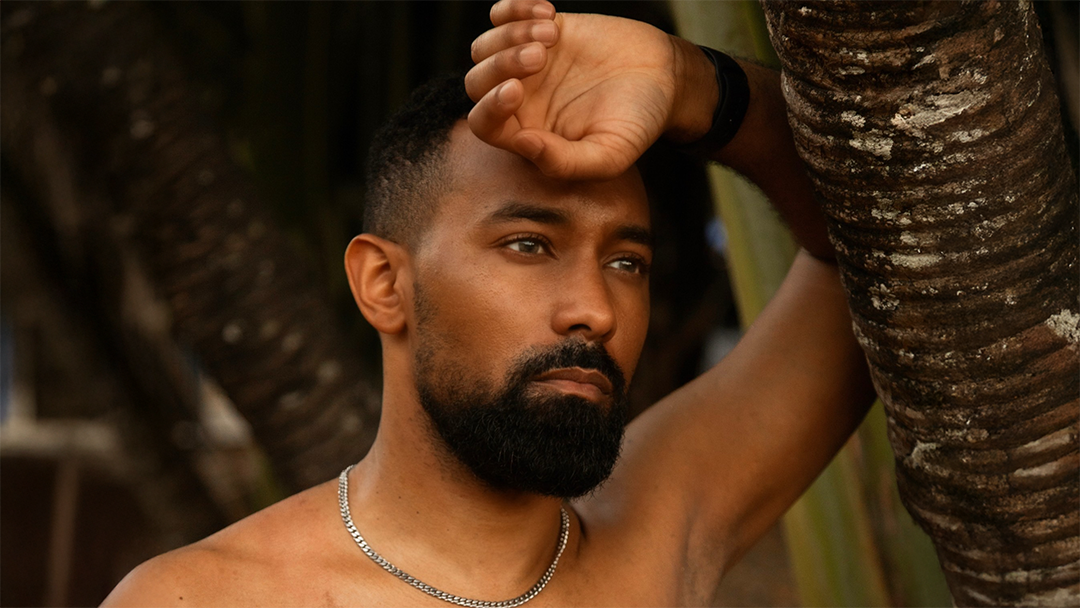The Legend of Korra is a story about progression and change, and the world is vastly different than it was in Avatar Aang's time. The Dark Horse comics bridge the time between Aang's and Korra's adventures, but "Book One: Air" is set a full 70 years after the downfall of Fire Lord Ozai. In that time, Republic City grew from a Fire Nation colony into a full-blown metropolis, and it's a real mixed bag.
In fact, Republic City is emblematic of the successes and the problems of Korra's time. A lot has been accomplished in a short time, with more change taking place in 70 years than in the last few centuries combined. Republic City is a symbol of the future, and the price paid for it.
Republic City, since its inception, is a symbol of reunification and cooperation, especially in the wake of the 100-Year War that split the world apart. The Four Nations are distinct in their culture and geography, from the high-tech, forward-thinking Fire Nation to the patient and the resilient Earth Kingdom and the aloof Air Nomads. Sozin's war nearly destroyed that balance, but once the Gaang restored the peace, they needed a way to bind the nation's wounds.
They compromised and decided to convert the oldest (and largest) Fire Nation colony into a multinational city where everyone was welcome. By the time Aang was in his 40s, Republic City was already an impressive place to live and work, and it only grew further from there. Unity was achieved, and the way to the future was clear. The disparate peoples of the world could now accomplish all sorts of things together that they couldn't alone.
By Korra's time, Republic City was the most advanced city in the world, and its wealth and cultural diversity made it the most unique, as well. Here, Hiroshi Sato launched his business enterprises and transformed the world with his motorized Satomobiles, airplanes, and more. Republic City was also home to the world's favorite sport, Pro Bending. Such a sport couldn't exist in the other nations, where all Benders are the same element.
Also, a Republic City first was the Metalbender police-force, headed up by Toph Beifong, who set a new standard in urban peacekeeping. The city was also within sight of Air Temple Island, the new home of the Airbenders, completing its multi-national landscape. But of course, there are prices to be paid for all this. Republic City is home to impressive skyscrapers and wealthy businesspeople, but they are outnumbered by the downtrodden masses.
In The Legend of Korra, Republic City suffers the same problems that mega-cities in the real world do, both past and present. Bringing this many people together rapidly boosts the population density, and without proper sanitation, this leads to rampant pollution, disease and grime. In real life, industrialization in Europe and the United States resulted in rapid urbanization, which in turn led to high rates of disease and crime. Apartments were crowded to overflowing with factory workers, and in The Legend of Korra, this problem is indirectly observed.
On her very first day in Republic City, Korra meets a cheerful homeless man who explains that not everyone in the city is "living it up." After all, someone has to work in the factories, and only so many people can strike it rich, as Hiroshi Sato did. For every Hiroshi, there's a hundred ragged, soot-faced workers who trudge back to their cramped apartments to await another tough, dangerous workday at the plant. Republic City's society is shaped like a rather wide pyramid.
Bringing so many people together means that the powerful and ambitious have a banquet laid out before them. If a wolf wakes up to find a hundred sheep crowded into its den, then it's time to feast — and this goes all the way to the top. In Republic City, the Benders quickly asserted their dominance through usefulness, all the way from petty street crime to upper-level politics, sowing deep resentment.
The all-Bender city council seemed to favor Benders over non-Benders, and Benders like Mako could find work that would be impossible for non-Benders. It's no wonder that Amon so easily launched his populist campaign to take back the city from the Benders, anti-Bender sentiment was so high. Nothing like this had happened in Aang's time, not even in cities like Ba Sing Se or the Fire Nation capital. When so many gather, the disparities between them become obvious and extreme, and those searching can find targets everywhere.
Avatar Korra, who was used to a rustic lifestyle down south in the Southern Water Tribe, beheld this mammoth city with a fair and fresh perspective, teaching her that the world had come a long way and created many wonderful things... but sometimes, those wonderful things are perverted into weapons to oppress the masses.
About The Author

